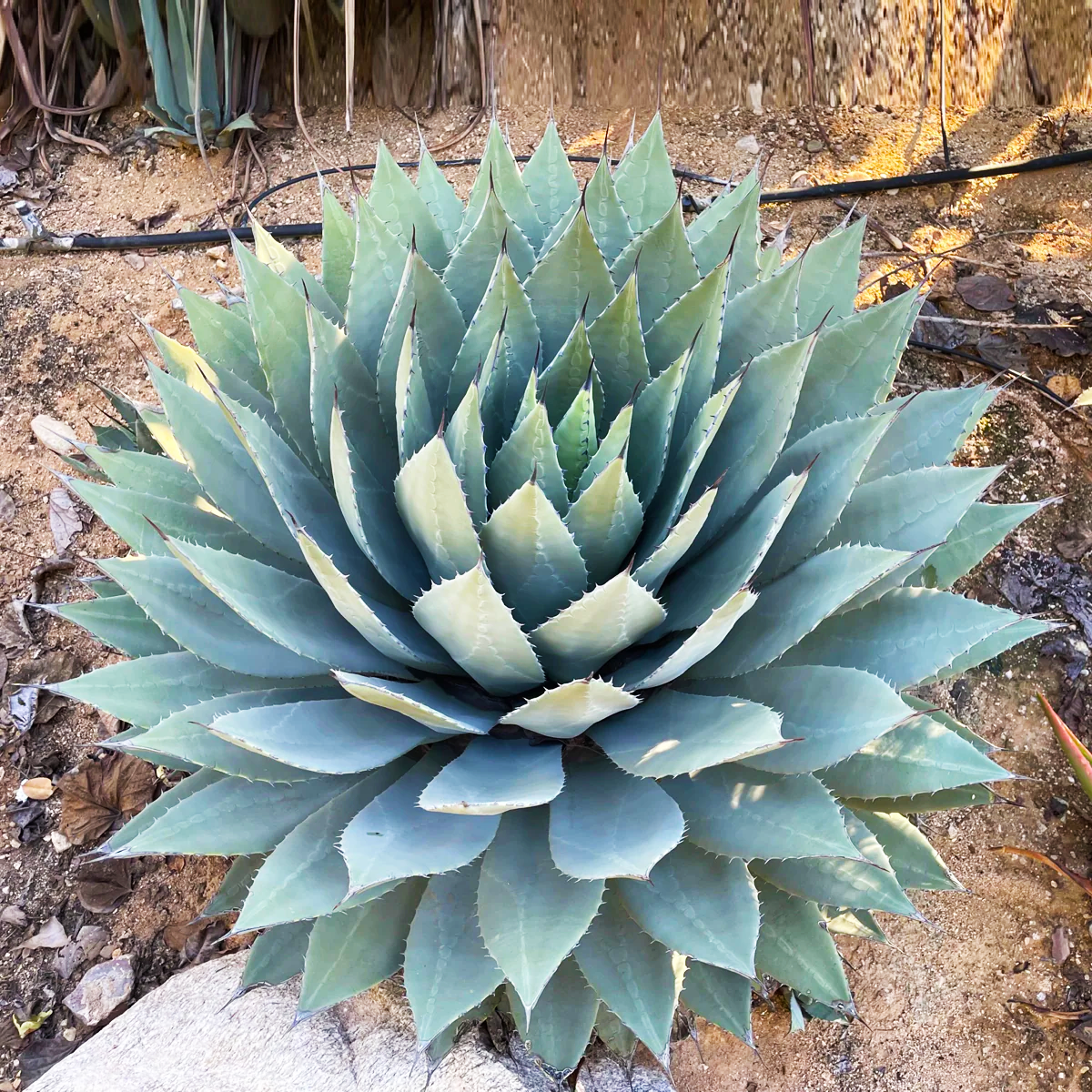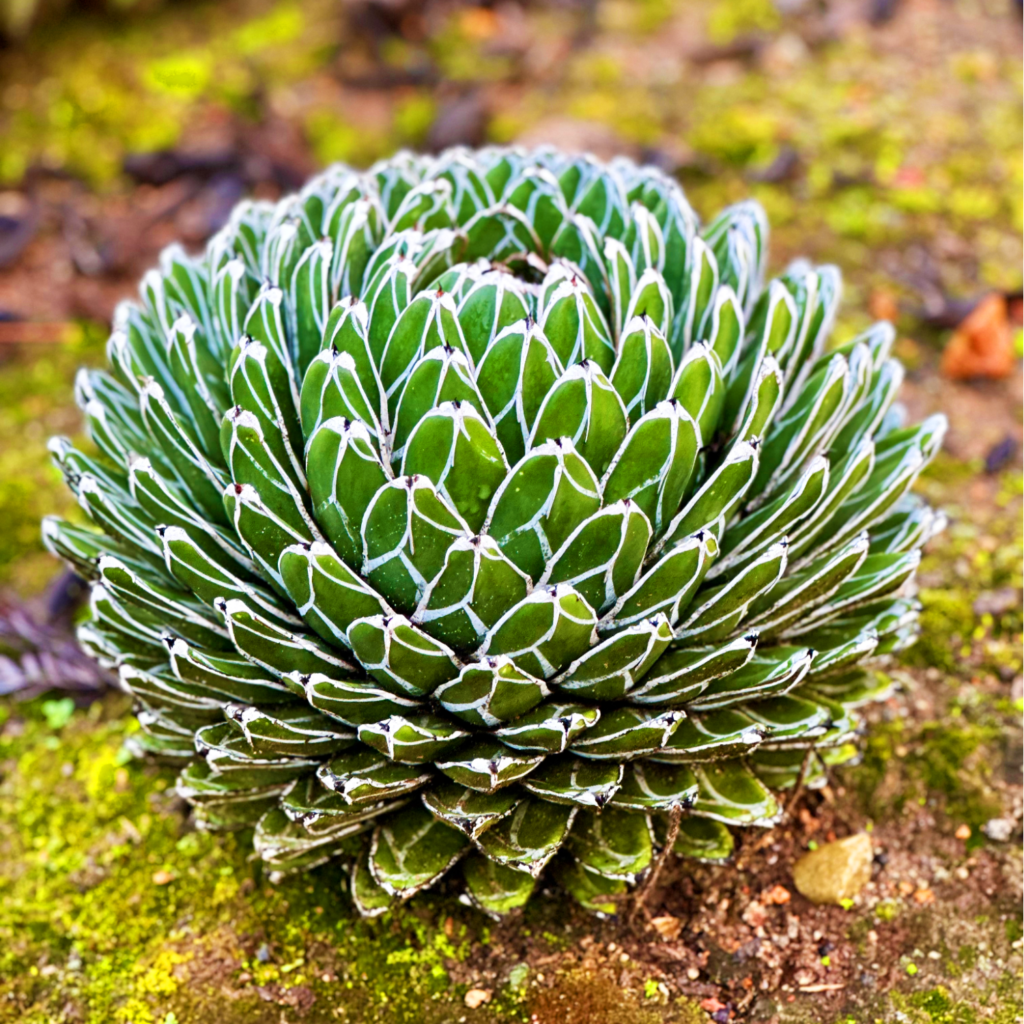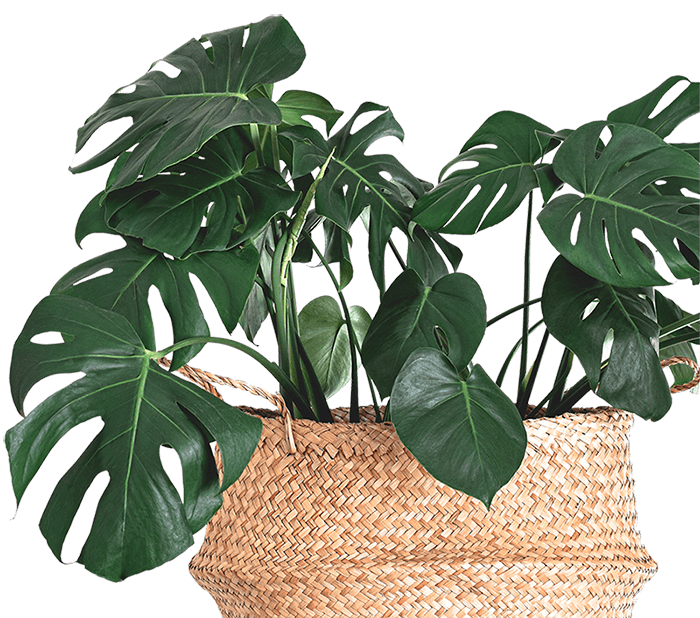

Common Names: Queen Victoria Agave, Royal Agave
Appearance: Agave Queen Victoria is a striking succulent known for its compact rosette of rigid, dark green leaves. Each leaf is adorned with white markings along the edges, resembling intricate patterns, while the plant typically forms a symmetrical, compact shape.
Queen Victoria Agave, scientifically known as Agave Victoriae-Reginae, is a remarkable succulent renowned for its stunning symmetrical rosette shape and striking foliage. Originating from the arid regions of northeastern Mexico, it was this agave that initially captivated my interest in the genus. Its unparalleled symmetry is truly captivating.
Belonging to the Marginatae selection within the genus, Agave victoriae-reginae thrives in scattered locations across the Chihuahuan Desert, typically found at elevations ranging from 4,000 to 5,000 feet. The type locality lies near Saltillo, Coahuila, along the road to Monterey.
This agave flourishes when planted in full sun or light shade, requiring minimal irrigation, and demonstrating cold hardiness down to at least 10°F. Its compact size makes it an ideal choice for garden beds or pots, adding a touch of elegance to any setting.
Despite being one of the most xeric agaves, meaning it has low water needs, it surprisingly withstands cold and wet winters well. Even at maturity, these agaves remain relatively small compared to other landscape varieties. Planting them near gathering areas, such as sitting areas or entrances, allows for optimal appreciation of their stunning appearance. Truly, these plants are both visually captivating and a joy to behold.
Watering Needs: Requires well-draining soil to prevent root rot. Water sparingly, allowing the soil to dry out between waterings. Overwatering can lead to rot, while underwatering may cause dehydration.
Cold Tolerance: Hardy to temperatures as low as 10°F (possible lower)Sun Requirements: Prefers full sun to partial shade. Thrives in bright, indirect light.
Common Problems and Remedies:
Best Care Instructions:

